Advertisement
The work of refining AI models often hits a wall not because of algorithms or computing power but because of messy, unstructured, or missing data. Building fine-tuning and evaluation datasets is time-consuming and, for many, intimidating without coding experience. That's where Argilla 2.4 steps in. It simplifies the entire process—dataset creation, organization, and sharing—without needing to write a single line of code.
Whether you're a researcher, data scientist, or someone experimenting with language models, Argilla's new update allows anyone to prepare and publish structured, clean data on the Hugging Face Hub. And it works seamlessly across different use cases.
Argilla 2.4 eliminates the traditional entry barriers for people who want to prepare data for large language model fine-tuning. Until now, creating proper datasets for AI models meant scripting data loaders, manually formatting examples, and relying on niche tools for annotation. With this version, users can now perform all those steps from a clean, browser-based interface.
This interface is deeply integrated with the Hugging Face Hub. That means you can push or pull datasets with a few clicks. You can choose a dataset template, apply transformations, label examples, and evaluate model responses—all without jumping between platforms or writing custom scripts. What once took hours or days to piece together is now accessible in minutes.
The experience is designed around real-world tasks, including classification, question answering, summarization, and ranking-based comparisons. Argilla 2.4 offers templates tailored for each of these use cases, so users don’t have to guess what kind of structure their data should follow. This structure also keeps you aligned with what popular training frameworks expect, reducing rework later.
Another major strength of Argilla 2.4 lies in its ability to facilitate teamwork and collaboration. In many cases, datasets are built by teams, not individuals. Earlier versions of annotation tools often relied on spreadsheets or offline files passed around between contributors. Argilla breaks that cycle.
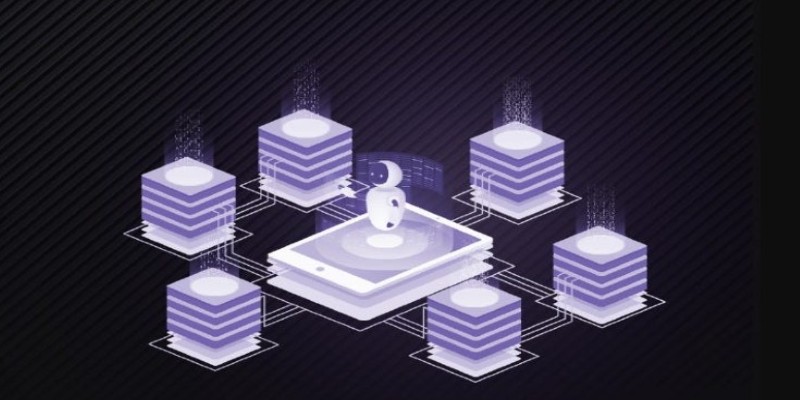
Every dataset session is hosted on a centralized project page, where multiple contributors can annotate, review, and approve examples. Comments and suggestions can be added directly to samples, making it easier to resolve disagreements or identify inconsistencies. Since everything is tracked, it's also easier to audit how a dataset evolved—something that becomes important when models trained on the data start getting deployed.
You can also share your dataset workspace publicly or privately on the Hugging Face Hub. For open science projects or benchmarking efforts, this kind of transparency makes it easier for others to reproduce your work or build upon it. And if privacy or sensitivity is a concern, Argilla supports private spaces and controlled access.
This makes Argilla 2.4 particularly valuable for researchers who want to publish evaluation datasets alongside their papers. Instead of attaching CSV files or hard-to-follow scripts, they can now link to an interactive workspace that explains not just the data but how it was curated and tested.
Fine-tuning is only half the story. Without the right evaluation dataset, there’s no reliable way to measure if the model improved or regressed. Argilla 2.4 treats evaluation as a first-class part of the workflow.
In practice, this means users can create custom benchmarks that reflect their domain or task. Instead of relying on out-of-the-box metrics, you can collect human judgments for generations, label quality by specific dimensions, and even compare responses from multiple models side-by-side. The interface supports multiple formats: rating scales, binary feedback, or even open-ended comments.
This is where Argilla becomes more than just a dataset editor—it becomes a feedback engine. As more people contribute evaluations, the system starts to reveal trends and areas where the model performs well or poorly. And since the platform connects directly to the Hugging Face ecosystem, you can swap out models, rerun evaluations, and track performance over time with little effort.
For teams building commercial applications, having a shared evaluation process reduces the risk of shipping changes that make the model worse. Instead of relying on gut checks or informal testing, you can document how changes impact accuracy or user satisfaction. This makes Argilla a useful part of any responsible AI development pipeline.
Argilla 2.4 was built with Hugging Face in mind. The goal is to make it as painless as possible to sync your local dataset with a public or private repo on the Hub. From the moment you start working in Argilla, your progress can be versioned and shared.

Suppose you're building a fine-tuning dataset for a text generation task, for example. In that case, you can set it up in Argilla, collect examples, annotate outputs, and export the final result directly to your organization’s Hugging Face repo. There’s no need to reformat or reprocess files. This saves time and avoids common mistakes.
The same goes for evaluation datasets. You can maintain an evolving benchmark suite that's always in sync with the Hub. Whenever new data is added or evaluations are updated, the public version reflects those changes instantly. This is especially useful in fast-moving research environments or community-led model competitions where fresh data and transparency are key.
Argilla’s integration doesn't stop at syncing, either. You can preview datasets in their final Hugging Face card format before publishing. This helps ensure clarity and consistency, which makes it easier for others to adopt or cite your work. It also means less post-publishing cleanup since most of the polishing happens inside Argilla’s interface itself.
Argilla 2.4 simplifies dataset creation for fine-tuning and evaluation, making it accessible to anyone, even without coding skills. Its clean interface, real-time collaboration, and direct integration with the Hugging Face Hub remove technical barriers and speed up the workflow. Whether refining models or validating outputs, Argilla keeps the process transparent and easy to manage. It helps build better datasets and, in turn, better models—bringing more people into the AI development process without needing deep technical experience.
Advertisement

Oracle adds generative AI to Fusion CX, enhancing customer experience with smarter and personalized business interactions

Curious about how Snapchat My AI vs. Bing Chat AI on Skype compares? This detailed breakdown shows 8 differences, from tone and features to privacy and real-time results

Argilla 2.4 transforms how datasets are built for fine-tuning and evaluation by offering a no-code interface fully integrated with the Hugging Face Hub
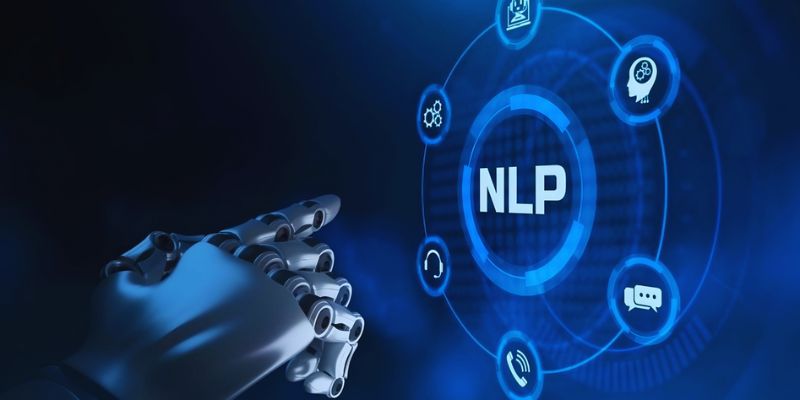
Start learning natural language processing (NLP) with easy steps, key tools, and beginner projects to build your skills fast

Selecting the appropriate use case will help unlock AI potential. With smart generative AI tools, you can save money and time
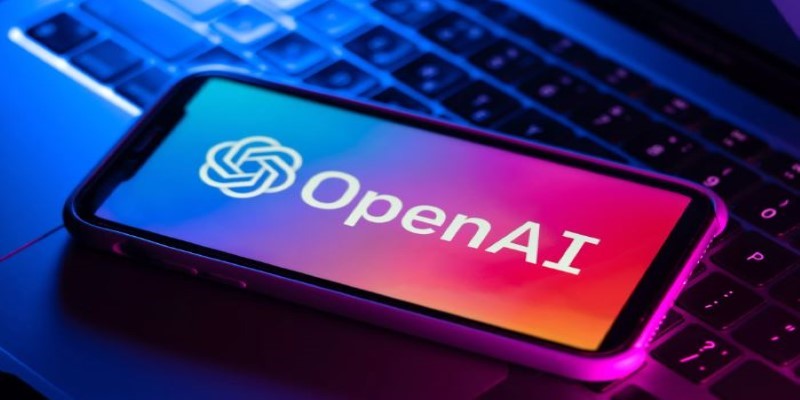
Explore the journey from GPT-1 to GPT-4. Learn how OpenAI’s lan-guage models evolved, what sets each version apart, and how these changes shaped today’s AI tools
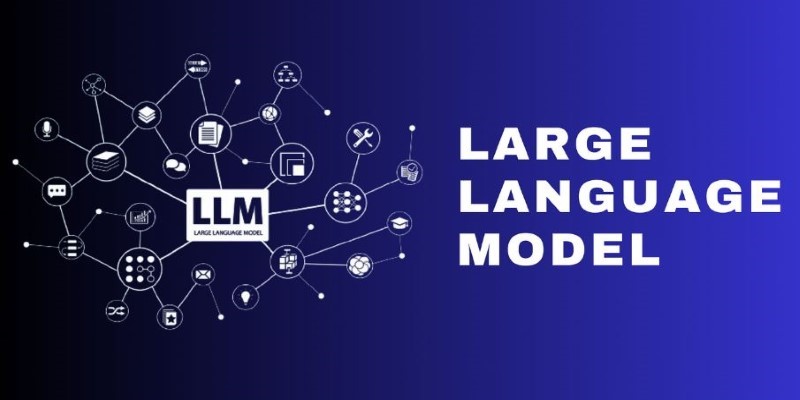
What Large Language Models (LLMs) are, how they work, and their impact on AI technologies. Learn about their applications, challenges, and future potential in natural language processing
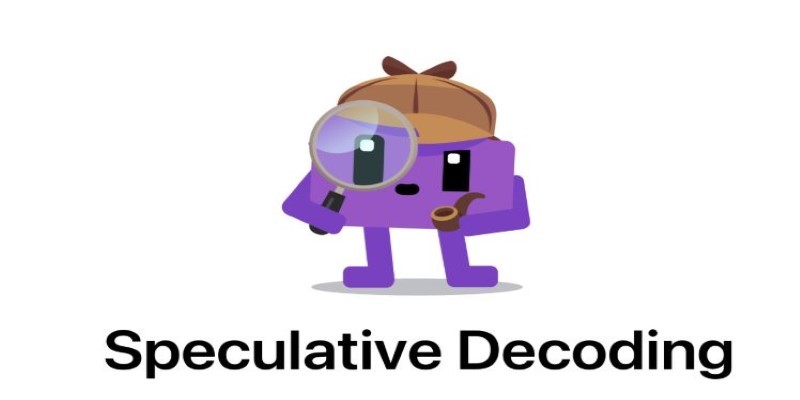
How self-speculative decoding improves faster text generation by reducing latency and computational cost in language models without sacrificing accuracy

Learn 8 effective prompting techniques to improve your ChatGPT re-sponses. From clarity to context, these methods help you get more accurate AI an-swers
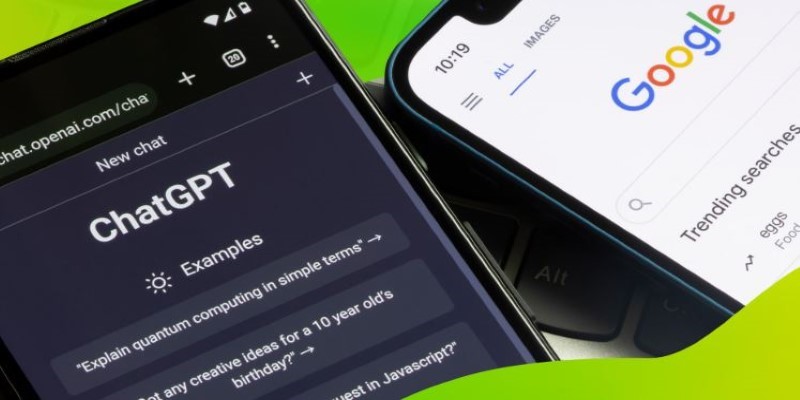
Is ChatGPT a threat to search engines, or is it simply changing how we look for answers? Explore how AI is reshaping online search behavior and what that means for traditional engines like Google and Bing

Can ChatGPT be used by cybercriminals to hack your bank or PC? This article explores the real risks of AI misuse, phishing, and social engineering using ChatGPT
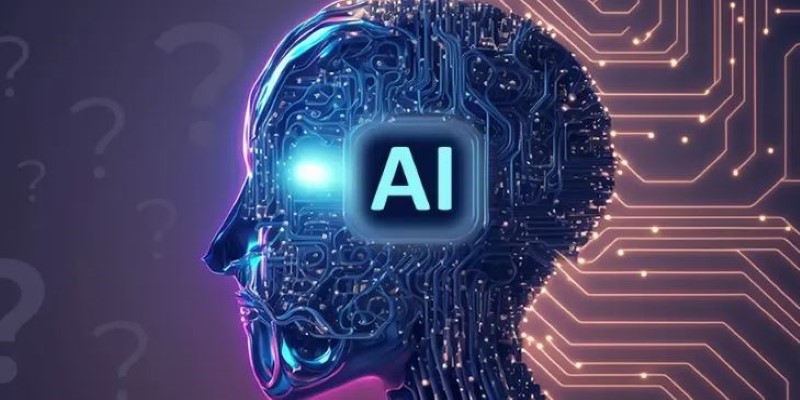
Is it necessary to be polite to AI like ChatGPT, Siri, or Alexa? Explore how language habits with voice assistants can influence our communication style, especially with kids and frequent AI users